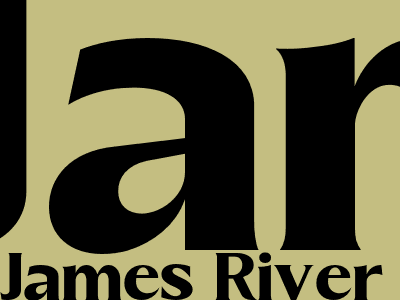James River Water Level: A Comprehensive Guide
Understanding the James River Water Level
The James River is a major river in Virginia, USA, that flows from the Allegheny Mountains to the Chesapeake Bay. The water level of the James River is influenced by several factors, including rainfall, snowmelt, and dam operations. The river's water level is monitored by the U.S. Geological Survey (USGS) at several locations along its course.
The average water level of the James River at Richmond, Virginia, is about 12 feet. However, the river's water level can fluctuate significantly, depending on the season and weather conditions. During periods of heavy rainfall or snowmelt, the river's water level can rise several feet above normal. Conversely, during periods of drought, the river's water level can drop below normal.
Factors Affecting the James River Water Level
There are several factors that can affect the water level of the James River, including:
- Rainfall: Rainfall is the primary factor that affects the water level of the James River. When there is heavy rainfall in the river's watershed, the water level will rise. Conversely, when there is little rainfall, the water level will drop.
- Snowmelt: Snowmelt is another important factor that affects the water level of the James River. When snow melts in the river's watershed, the water level will rise. This is especially true in the spring, when large amounts of snowmelt can cause the river to flood.
- Dam operations: Dams can also affect the water level of the James River. When dams are closed, the water level upstream of the dam will rise. Conversely, when dams are opened, the water level upstream of the dam will drop.
Monitoring the James River Water Level
The USGS monitors the water level of the James River at several locations along its course. The USGS uses a variety of methods to monitor the river's water level, including:
- Stream gauges: Stream gauges are devices that measure the water level of a river. The USGS uses stream gauges to collect data on the water level of the James River at several locations along its course.
- Satellite imagery: Satellite imagery can also be used to monitor the water level of the James River. Satellite imagery can provide a real-time view of the river's water level, and it can be used to track changes in the river's water level over time.
Importance of the James River Water Level
The water level of the James River is important for a number of reasons, including:
- Flood control: The water level of the James River is important for flood control. When the river's water level rises, it can cause flooding in low-lying areas. The USGS monitors the river's water level to help prevent flooding.
- Navigation: The water level of the James River is also important for navigation. When the river's water level is too low, it can make it difficult for boats to navigate the river. The USGS monitors the river's water level to help ensure that it is safe for navigation.
- Water supply: The water level of the James River is also important for water supply. The James River is a major source of drinking water for the city of Richmond and other communities in Virginia. The USGS monitors the river's water level to help ensure that there is enough water to meet the needs of these communities.

Komentar